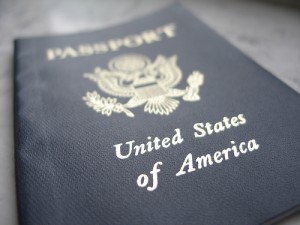 Last week after I mapped out financial goals for the next 3 years, I felt overwhelmed. Whenever I set a new goal, especially one as lofty as saving $20,000 for a house within three years, I go through a period where it feels impossible.
Last week after I mapped out financial goals for the next 3 years, I felt overwhelmed. Whenever I set a new goal, especially one as lofty as saving $20,000 for a house within three years, I go through a period where it feels impossible.
I have to remind myself of how far we’ve come. I remind myself where we were just three years ago — living paycheck-to-paycheck with an empty savings account.
I remember how I felt when I started this blog a year and a half ago. Simple goals like building an emergency fund, starting a retirement account, and saving for our move in three years on our meager income felt so far away. It might as well have been a million dollars.
I think back to last January when Tony and I started talking about our crazy plan to go to Europe. I wanted to make it happen, but I doubted whether we could save that much money in addition to our emergency fund and moving fund.
But step by step, dollar by dollar, we met our goals. We learned to spend less and save more without compromising our comfort. We learned that determination and good planning can make even the most difficult goals a reality.
When we finally completed our emergency fund and saved enough for Europe, I felt like I’d just finished my last final exam. I was relieved and proud. We’d come so far. That’s partly why I waited so long to set new goals. I wanted to revel a little — to feel like we’d finally made it — before starting over again.
It’s time to move on, though. There’s no finish line for frugality. There are always new challenges to overcome and new goals to accomplish. That’s part of the fun of it.
This is only the beginning, and we have a long way to go. With such a long road ahead of us, it helps to look back on how far we’ve come, and remind ourselves that each step is taking us closer to the next goal. Each time we hit a new landmark, we’ll be a little more stable, a little more settled, and a little more confident in our ability to get to the next one.






